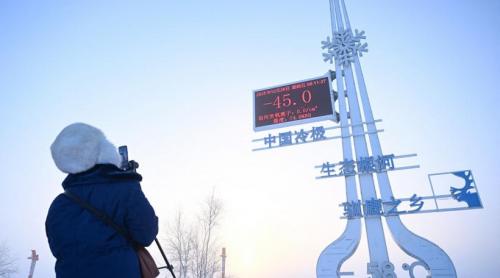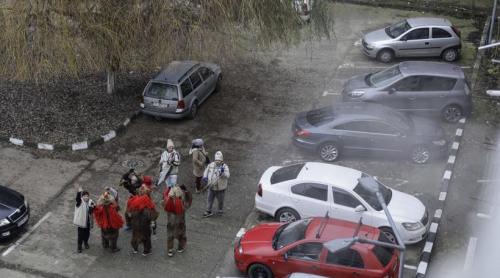
ECONOMICS - November 18th 2004
Starting July 1st, 2005, the Romanian National Bank will drop four zeros from the currency, turning the current 10,000 "light" ROL into the future one "heavy" ROL. The currency now in use will continue to circulate until 31 December 2006. This time the RNB will change the old money into the new ones till the end of 2009.
by VALI BLANARU
The new banknotes will be made of plastic, like the old ones, but they will be smaller, identical in size to the euros. The RNB governor, Mugur Isarescu, thinks that the change will encourage giving change correctly and advertising prices with two digits after the comma.
Banknotes of six different values will circulate on the market: 5 lei (now 50,000 lei), 10 lei (now 100,000 lei), 100 lei (now 1,000,000), and 500 lei (corresponding to 5,000,000).
The new divisions of the new ROL will be 1 ban for the old 100 lei, 5 bani for the old 500 lei, 10 bani for the old 1,000 lei and 50 bani for the old 5,000 lei.
According to Isarescu, the money currently on the market will cease to circulate in a short while. The new banknotes and the old ones will both be valid for 16 months, till 31 December 2006, while the banknotes of lower denomination, like the current 10,000 lei and 50,000 lei will cease to exist even sooner.
The design and the colors for the new banknotes will stays similar to that of the old banknotes, and the personalities depicted on them will be the same too.
The only banknote which has no correspondent at present will be the 500 lei banknote; it will carry the portrait of [the national poet] Mihai Eminescu.
"The 500 lei banknote will be more sophisticated, carrying all security features required for a high value banknote, equivalent to over 100 euros, but if the ROL climbs, it could be worth even more," said Isarescu.
He also said that though costs with printing the new money will be higher in the next six years, in the long run, they will be far lower than they currently are. The RNB estimated that it will spend some 30 million dollars in the first year set for changing the banknotes.
Translation : ANCA PADURARU
Citește pe Antena3.ro












